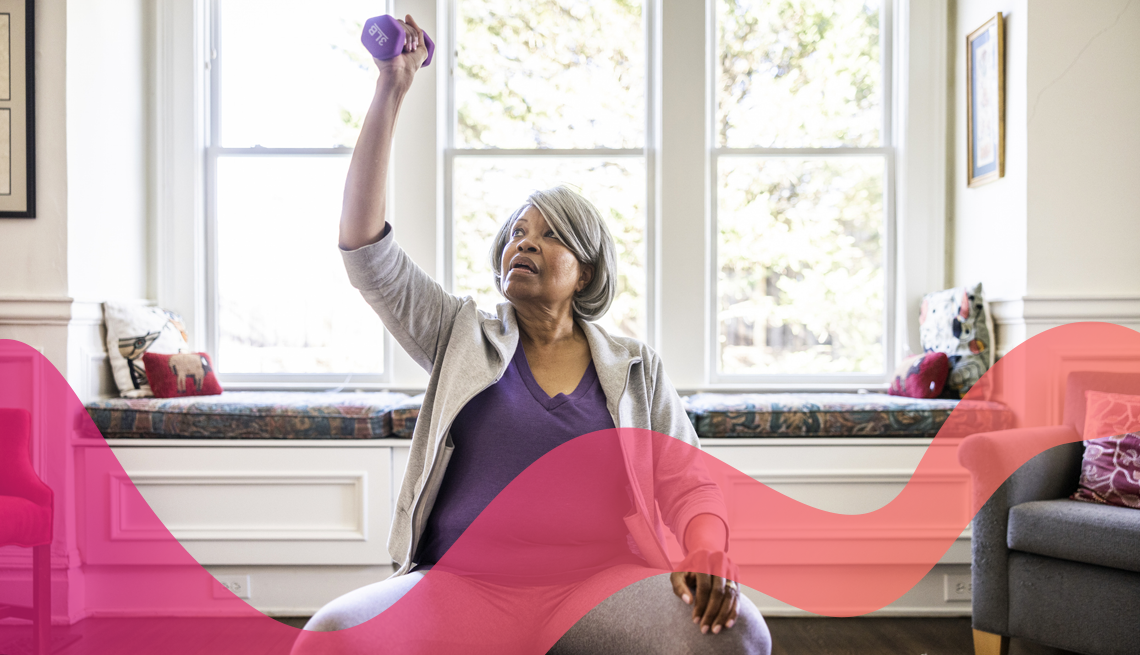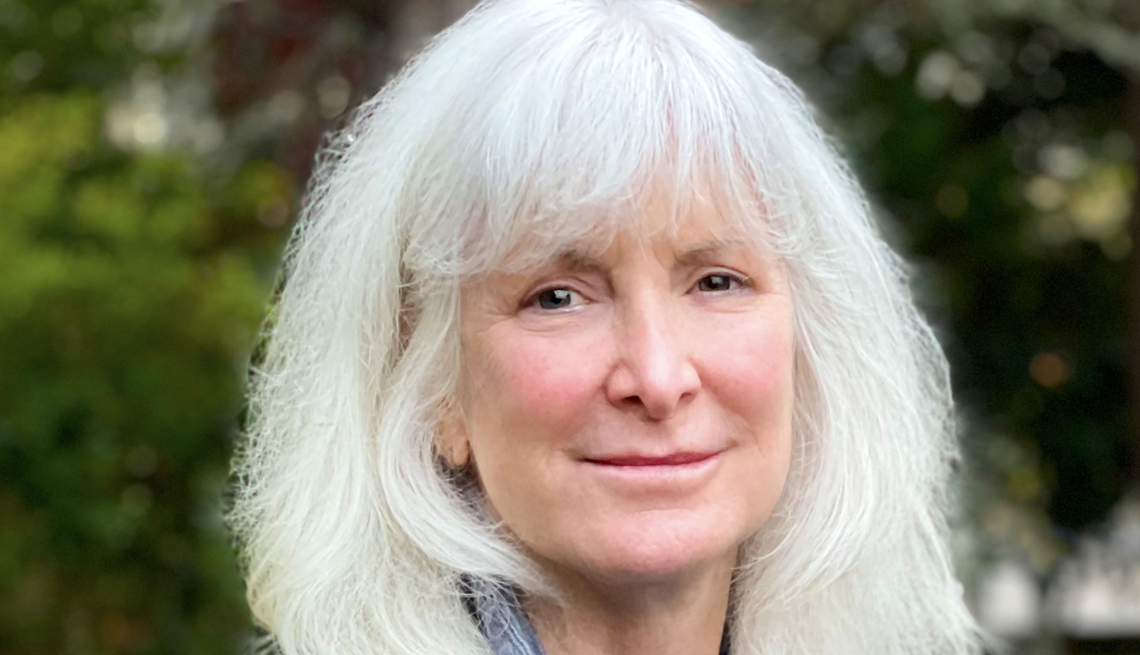AARP Hearing Center


Many older Americans see blood pressure levels start to creep up, especially after age 60 when nearly three-quarters of people reach the level of hypertension, putting them at high risk for stroke, heart disease, kidney disease, cognitive impairment and even eye problems. So, if your doctor starts talking to you about getting your numbers under control, it’s important to take it seriously.
Blood pressure numbers are measured in millimeters of mercury (mm Hg). Your blood pressure is considered elevated when it rises above 120 mm Hg systolic (the top number) and above 80 diastolic mm Hg (the bottom number). You then move into higher stages of high blood pressure as the numbers rise. The numerous hypertension stages and types are complex, yet understanding what risks lie behind the numbers is vitally important, especially as we age.
It’s important to talk with your doctor about the ideal blood pressure target for you, as it can vary by age and other health conditions that you face. Your doctor will also consider what may be causing your hypertension, including genetics and lifestyle factors, and your risk of having a serious cardiovascular event when determining a treatment plan, which could include lifestyle changes, medication or a combination of both.
Risk calculators can guide blood pressure treatment
Doctors sometimes use a risk calculator to determine a patient’s chances of having a stroke or heart attack. For example, there’s the American Heart Association’s Predicting Risk of Cardiovascular Disease Events (Prevent) risk calculator, which considers cholesterol levels, age, sex, body mass index (BMI), where you live, if you are a smoker and your blood pressure to determine your risk for cardiovascular disease and complications.
While your blood pressure target goal and treatment plan will be determined by your doctor, there are some industry standard recommendations. For example, the Mayo Clinic recommends a blood pressure treatment goal of less than 130/80 mm Hg if:
- You’re a healthy adult age 65 or older
- You’re a healthy adult younger than age 65 and your doctor determines that you have a 10 percent or higher risk of developing cardiovascular disease in the next 10 years
- You have chronic kidney disease, diabetes or coronary artery disease
“Blood pressures over 140/90 definitely need treatment,” said Beverly Green, M.D., senior investigator for Kaiser Permanente Washington Health Research Institute. However, sometimes when people are getting close to their blood pressure targets, they back off on their treatment. This can be dangerous because blood pressure is quite variable, so it’s best to aim for an average blood pressure that is a little lower than your target BP. “You want the majority of your blood pressures to be in the right range,” Green added.
If you are having difficulty staying on your treatment regimen, your doctor may want to discuss any barriers to taking your medication regularly, including cost, side effects or not remembering to take your dose. Reducing or suddenly stopping certain medications can cause sudden sharp increases in blood pressure.
Read more on high blood pressure symptoms, causes and tests.
The importance of home blood pressure monitoring
Taking your blood pressure routinely at home is especially important for people who have been diagnosed with high blood pressure, and for individuals whose doctors are trying to figure out if they have the condition. Getting a range of blood pressures using one of the best blood pressure monitors we tested can provide a more accurate picture of your blood pressure and a course for treatment than occasional measurements in a doctor’s office.
Lifestyle changes to help lower blood pressure and manage hypertension
Medication is often recommended for older people with high blood pressure, but consistent lifestyle changes can help bring your numbers down on their own or in combination with prescription drugs.
“We’ve engineered our society for an unhealthy lifestyle. I call it access to excess. Access to excess calories, sugar and salt, labor-saving devices and passive entertainment. Wherever those things exist, we get an avalanche of chronic disease,” said Brent Egan, M.D., vice president of the American Medical Association’s Cardiovascular Disease Prevention. “We need to engineer our houses and environment so that we don’t have access to those things. Those things are killing us.”
Here are 10 changes you can make in your everyday life to help reduce your blood pressure naturally.
1. Maintain a healthy weight
People with a BMI of 30 or higher tend to have higher blood pressure, and even modest weight loss of just 5 to 15 percent is associated with improvement in systolic and diastolic blood pressure.
BMI estimates body fat based on your height and weight. For hypertension risk, where you carry the body fat is important too, with the waistline being an especially critical area:
- Men should aim to keep their waist measurement less than 40 inches.
- Women should aim for a waist measurement of under 35 inches.
Read more on how to lose weight naturally and how to maintain a healthy weight long-term.






































































More From AARP
Does Anxiety Raise Your Blood Pressure?
Explore the links between anxiety, stress and blood pressureWhat is White Coat Syndrome?
Higher blood pressure readings at the doctor’s indicate should not be dismissed
How to Choose a Top-Notch Doctor as You Age
Physician Sharon Malone, author of ‘Grown Woman Talk,’ tells us what to consider when looking for the best care
Recommended for You